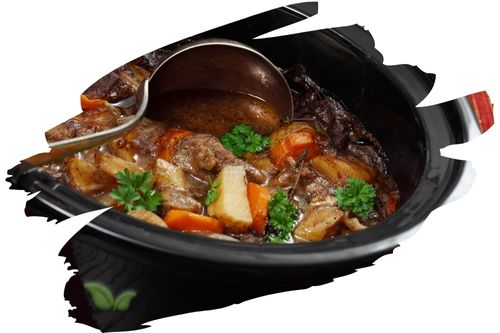
Introduction:
The allspice tree is the origin of the beloved spice that brings warmth and complexity to a variety of dishes. Known for its distinctive flavor profile reminiscent of cinnamon, nutmeg, and cloves, allspice is a staple in many cuisines. In this guide, we'll delve into the world of the allspice tree, exploring its botanical attributes, cultivation, and the journey from tree to spice.
Introducing the Allspice Tree
The allspice tree, scientifically known as Pimenta dioica, is a medium-sized evergreen tree that is native to the Caribbean and Central America. It is revered for producing the allspice berry, which serves as the foundation of the popular spice.
Botanical Characteristics
Appearance and Growth
The allspice tree features glossy green leaves, aromatic flowers, and clusters of small green berries that turn reddish-brown when mature.
Size and Habitat
This tree typically grows to a height of 20 to 40 feet and thrives in tropical and subtropical climates.
Cultivating the Allspice Tree
Ideal Growing Conditions
Climate
The allspice tree flourishes in warm and humid climates, making it well-suited for regions with tropical and subtropical conditions.
Soil
Well-draining, fertile soil with a pH level of 6 to 8 is optimal for the growth of allspice trees.
Propagation and Care
Propagation Methods
Allspice trees can be propagated from seeds, stem cuttings, or suckers that sprout from the tree's base.
Maintenance
Regular watering, pruning to maintain shape, and providing necessary nutrients contribute to the health and growth of allspice trees.
Harvesting Allspice Berries
The Journey from Tree to Spice
Berry Formation
Allspice berries develop from the flowers of the allspice tree, transforming from green to a reddish-brown color as they ripen.
Harvesting Time
The berries are typically harvested when they are fully mature and have reached their optimal flavor and aroma.
Drying and Processing
Drying the Berries
After harvesting, the berries are dried either in the sun or in controlled drying facilities to preserve their flavor.
Grinding the Berries
Once dried, the berries are ground to create the allspice powder that is commonly used in cooking.
FAQs About the Allspice Tree
Can the allspice tree be grown outside tropical regions? While the allspice tree thrives in tropical climates, it can also be grown in subtropical regions with proper care.
Is allspice the only product of the allspice tree? Yes, the allspice tree is primarily cultivated for its berries, which are ground to create the spice.
How long does it take for allspice berries to ripen? Allspice berries typically take several months to ripen after the flowers bloom.
Can I grow an allspice tree in a container? Yes, allspice trees can be grown in containers, especially in regions with colder climates, as they can be moved indoors during winter.
Conclusion
The allspice tree serves as the foundation for the flavorful and aromatic spice that enriches our culinary experiences. Its glossy leaves, fragrant flowers, and distinctive berries make it a remarkable and essential component of the spice world, offering a glimpse into the natural source of allspice's warmth and complexity.
Alert: While spices can have many beneficial properties for health, using them for medical purposes should be done under the guidance and supervision of a healthcare professional or specialist. Some spices may interact with medications or cause adverse reactions in certain individuals, and it is important to use them safely and appropriately. If you are considering using spices for a medical condition, it is important to consult with a healthcare professional before doing so.




















































